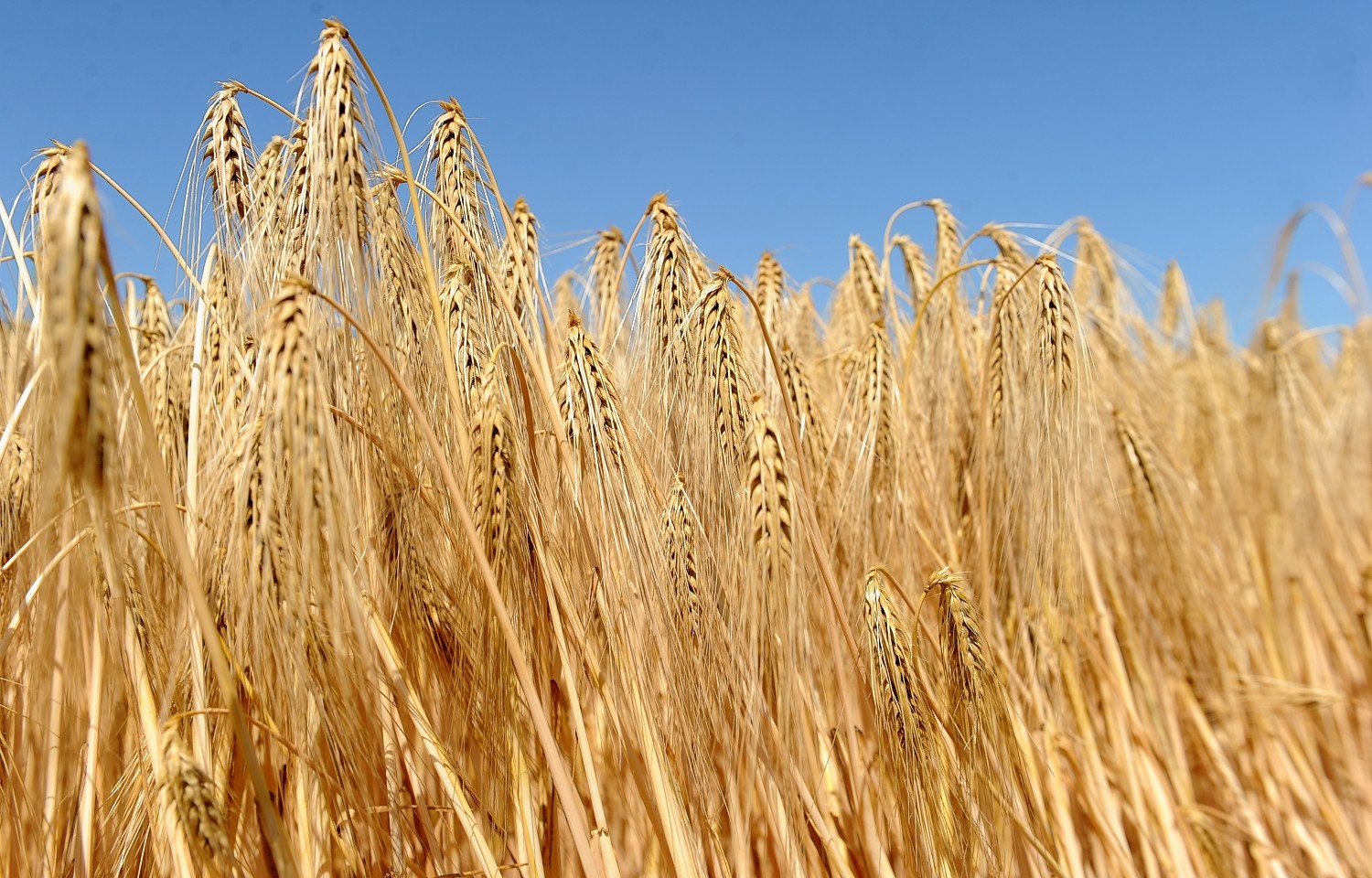Failure to give British farmers access to genetically modified (GM) crops could damage the future competitiveness of UK agriculture, claims a new report.
The independent study, commissioned by cereals levy body HGCA, has found that adoption of GM cereals and oilseeds crops in the UK could benefit farmers, consumers and the animal feed supply chain.
The 96-page report, published by researchers at Reading University, pulls together data from more than 170 publications, reports and studies into the use of the technology in the UK. It focuses on the science behind the technology, rather than consumer acceptability of GM products.
“We felt it was important to develop an independent evidence-base, free from distortion and speculation, to better prepare the industry for the implications of GM crop production, should the technology become available in the UK, ” said Dr Vicky Foster from HGCA.
According to the study, growing insecticide resistant (IR) maize and herbicide tolerant (HT) oilseed rape only delivered a positive impact on gross margins when farmers were under “continued pest and weed pressure situations”.
In severe pest and weed situations, gross margins could increase by up to 15.2% for continuous IR maize, 16.6% for continuous HT oilseed rape and 10.2% for HT rape in a four-crop rotation.
The growth of these GM crops would also produce a cleaner crop, improve soil condition and reduce weed burden returned to the land, said the study.
Environmental impact of GM crops was studied in relation to evidence from countries already using the technology.
Researchers said HT and IR traits in crops reduced the amount of active ingredients applied in crop production, but with HT crops there was a risk of herbicide resistant weeds developing.
They also reduced the frequency of farm machinery usage, thus lowering soil erosion and increasing soil moisture retention, as well as reducing fuel use and greenhouse gas emissions.
However, Dr Foster said ultimately the viability of growing GM crops would depend on consumer demand.
She said: “We live in a market economy and farmers and processors are reliant on consumer demand for their products. Although this study demonstrates there would be tangible benefits to farmers and the environment in certain GM crop production scenarios, ultimately the decision rests in the hands of the consumer.”
This is a view shared by the Scottish Government who have repeatedly said they are not in favour of GM crops being grown in Scotland due to a lack of customer demand.
Responding to the study, a government spokeswoman said: “We will consider the findings of this report, but note that it recognises we live in a market economy and that there has to be a demand for the products our farmers produce.
“There is no evidence of significant demand for GM products by Scottish consumers, and to grow GM crops in Scotland would damage our clean and green brand.”
